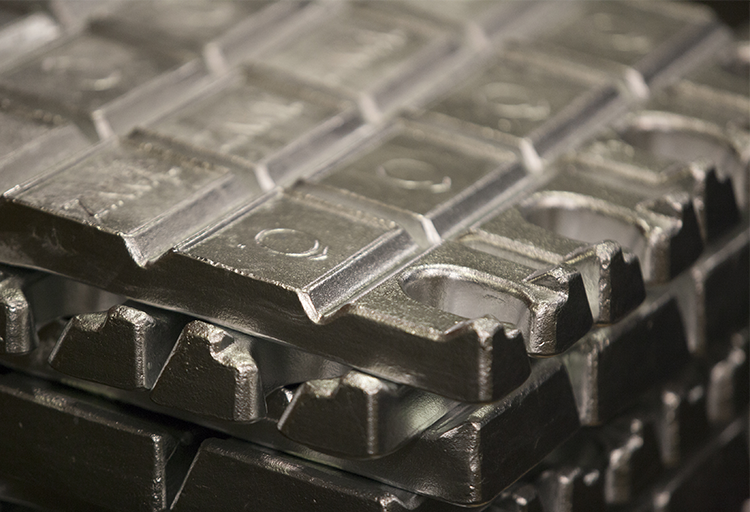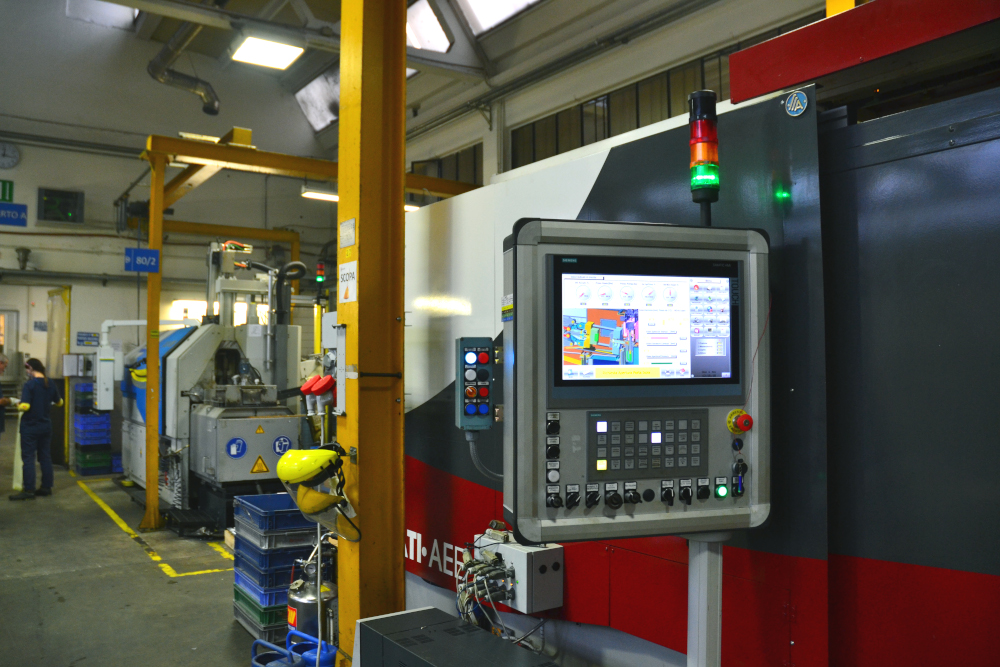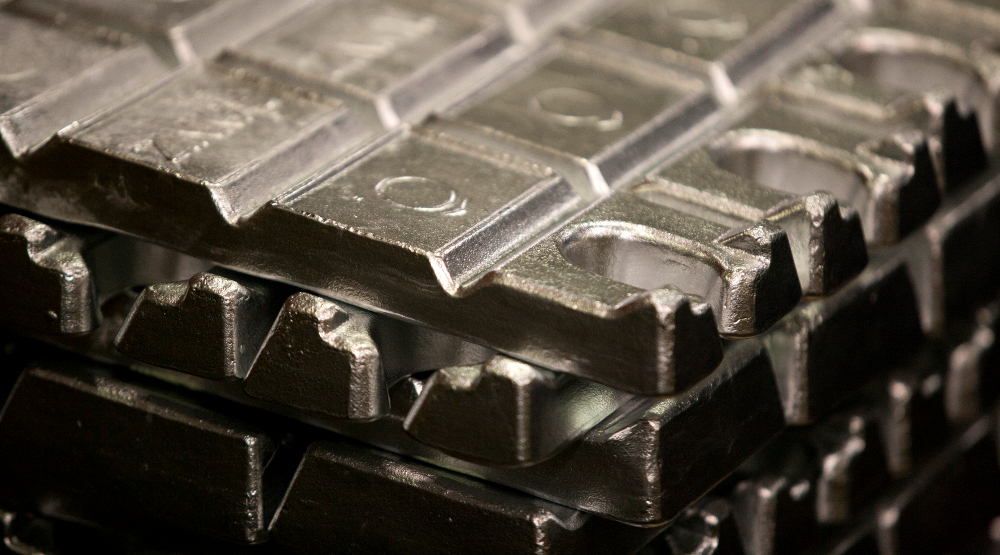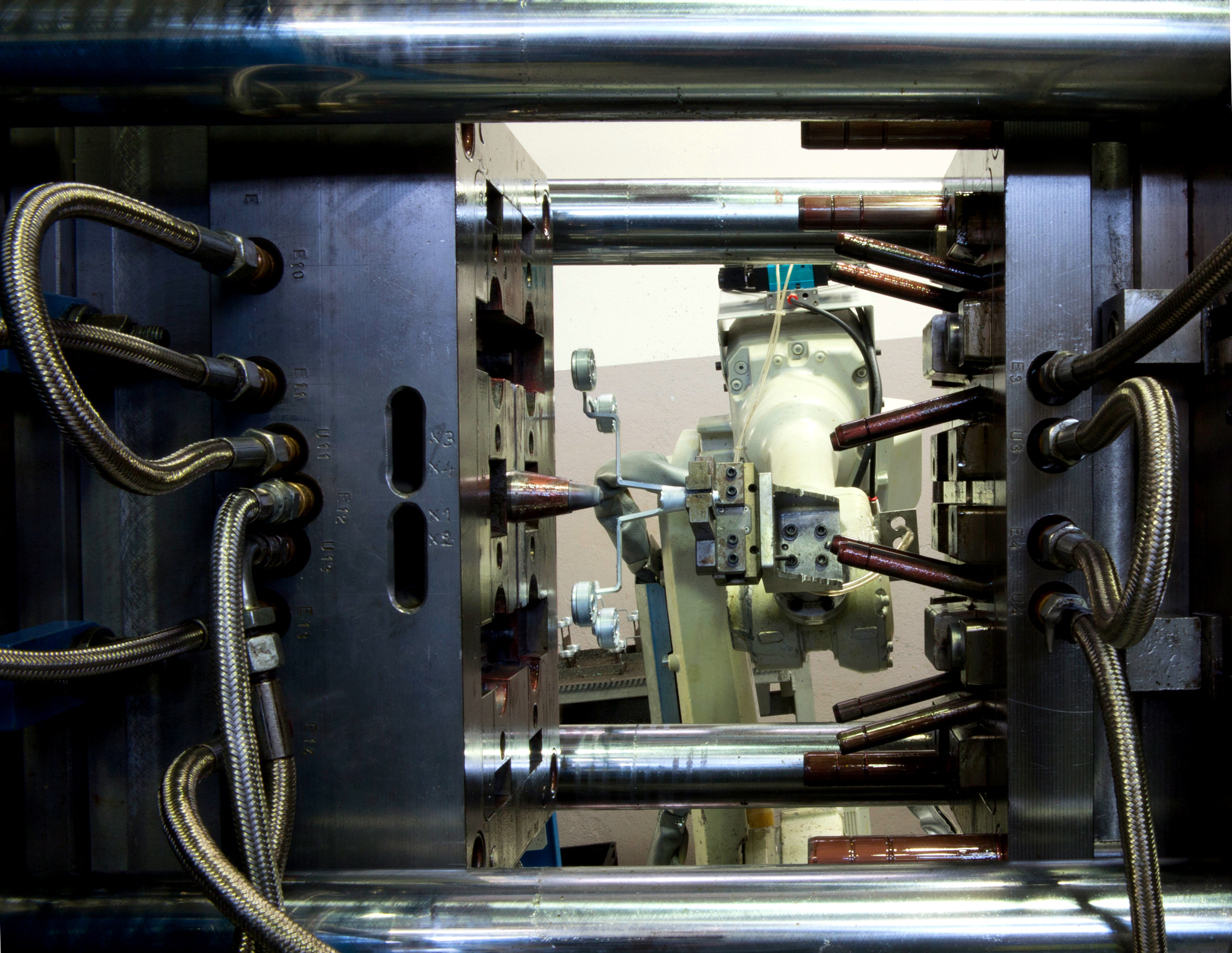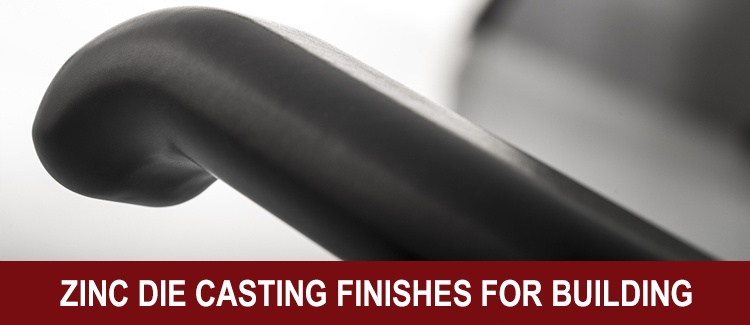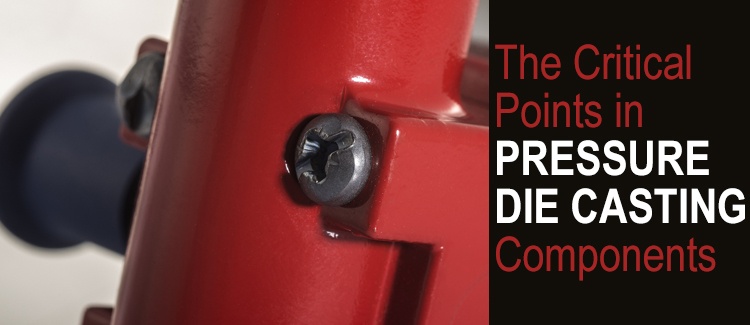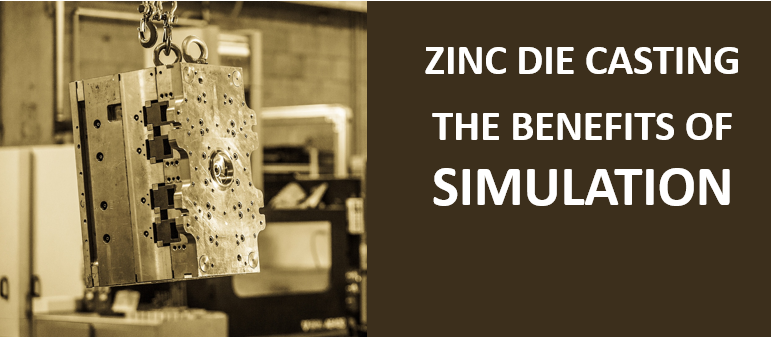All the posts for zinc
Posts by Topic
- Die Casting simulation (35)
- Co-design (26)
- Cost reduction (23)
- die casting finishing (18)
- Defects reduction (16)
- high pressure die casting (16)
- die casting process (15)
- VAVE (13)
- die casting (12)
- Zinc (11)
- Zinc benefits (10)
- casting process (10)
- die casting engineering (10)
- optimization (10)
- Innovation (9)
- automotive (8)
- casting (8)
- ZAMAK (7)
- product design (6)
- quality (6)
- Mould Design (5)
- Scrap reduction (5)
- automation (5)
- saving (5)
- Mold (4)
- benefits (4)
- die casting machines (4)
- hot chamber die casting (4)
- industry (4)
- supply chain (4)
- zinc alloys (4)
- Commodity (3)
- coffee market (3)
- mold maintenance (3)
- process improvement (3)
- small appliances (3)
- technology (3)
- thin wall thickness (3)
- Shrinkage porosity (2)
- costs saving (2)
- customer service (2)
- cycle time (2)
- electronic products (2)
- improvement (2)
- metrology (2)
- mold design (2)
- process analysis (2)
- production (2)
- production process (2)
- recycling (2)
- sustainability (2)
- white goods (2)
- zinc life cycle (2)
- DFM (1)
- Electromechanical systems (1)
- HPDC (1)
- Lighting components (1)
- Press (1)
- SME (1)
- Textile (1)
- Textile Machineries (1)
- Zinc alloy actuators (1)
- actuators (1)
- chrome plating (1)
- environment (1)
- industrial machinery (1)
- industrialization (1)
- lead time (1)
- machines (1)
- painting (1)
- quality control (1)
- surface treatment (1)
- tier 2 automotive supplier (1)
- vacuum valve (1)
- zinc alloys for doors and windows (1)
Zinc alloys are renowned for their remarkable properties such as their robustness, resistance to corrosion and ease of casting. Over time, the evolution of manufacturing techniques has propelled zinc alloys to the forefront of a wide range of industries, including the automotive and electronics sectors. In this post, we will provide insights into the latest advancements unfolding within the realm of zinc alloys and their development, shifting from cutting-edge innovations to manufacturing breakthroughs.
In this post we analyze proprieties and applications of Zamak components for textile machineries. The textile sector is indeed an interesting sector considering the continuous technological research which makes indispensable the use of high-performance components capable of responding to high technical and production requirements.
Thanks to their excellent mechanical and physical properties zinc alloys are a perfect material for die casting: they are indeed resistant, fluid, durable and rigid. But which are the best zinc alloys for hot chamber die casting? In this post we are going to analyze the different characteristics of zinc alloys for hot chamber die casting in order to define the best choice on the basis of the features that the final product requires.
In this post we are going to analyze a case study that explains how to reduce casting defects through mold design. Due to mold wear condition components started to show superficial defects: Bruschi engineers have thus introduced improvements in order to reduce casting defects.
ZAMAK molding is the creation of components using zinc alloys for die casting. In this post we are going to discuss how the choice of the alloy can affect the final result of hot chamber die casting.
Zinc is very versatile material: a combination of factors makes it a unique material from various perspectives, certainly from a cost point of view. According to that, the application of die cast zinc alloy components in the automotive industry can be an efficient solution to reduce production costs while maintaining the high levels of resistance, service life and hardness required by that sector.
One of the main fields of application for zinc alloy products is surely the building sector. Depending on the position of the component and its visibility, various surface treatments are required to improve aesthetics and functionality.
Zinc casting alloys provide a better combination of strength, toughness, rigidity, bearing, performance and economical castability than any other alloy possible. In fact their properties often exceed the ones of other alloys such as aluminium, magnesium, bronze, plastics and other cast irons. For its properties of strength and duration zinc is the perfect choice for saving time and money.
There are rules that need to be considered to design products or components in pressure die casting. The application of these advices will lead to a design that is logical, efficient and cost saving. In this article we will list some critical points to be taken into account when designing pressure die casting components.
In this post we are going to describe both tangible and intangible benefits of simulation in die casting design. These advantages are cost reduction and value addition.
